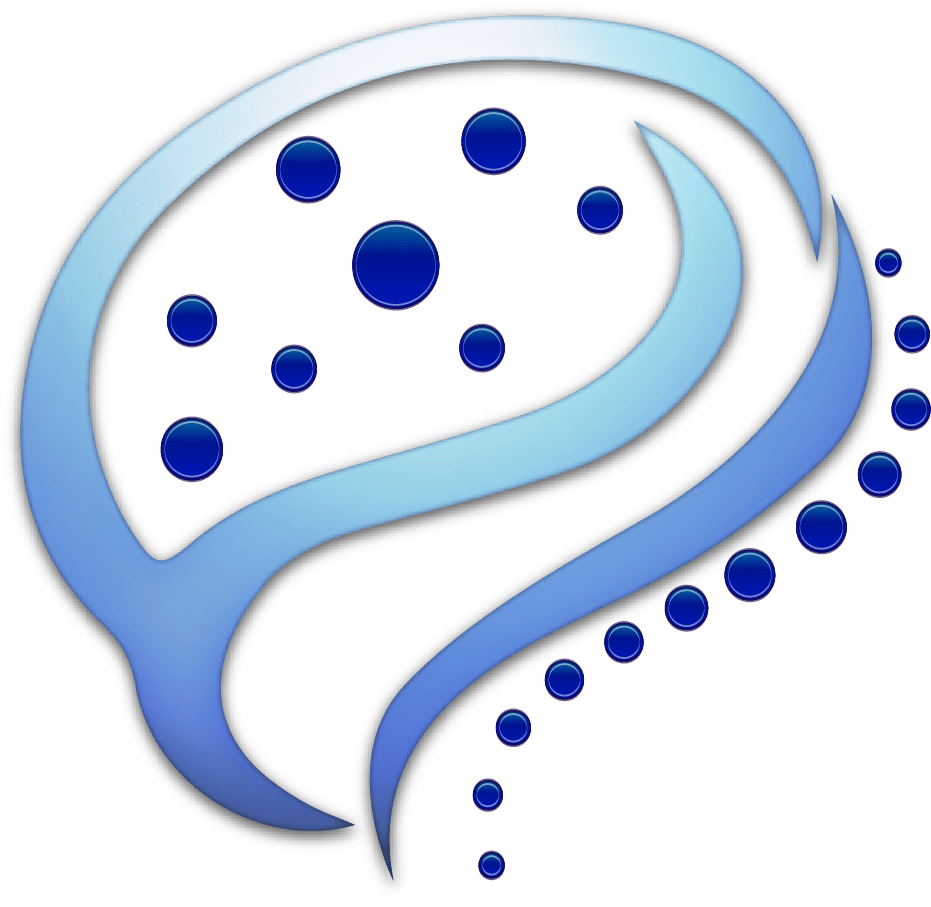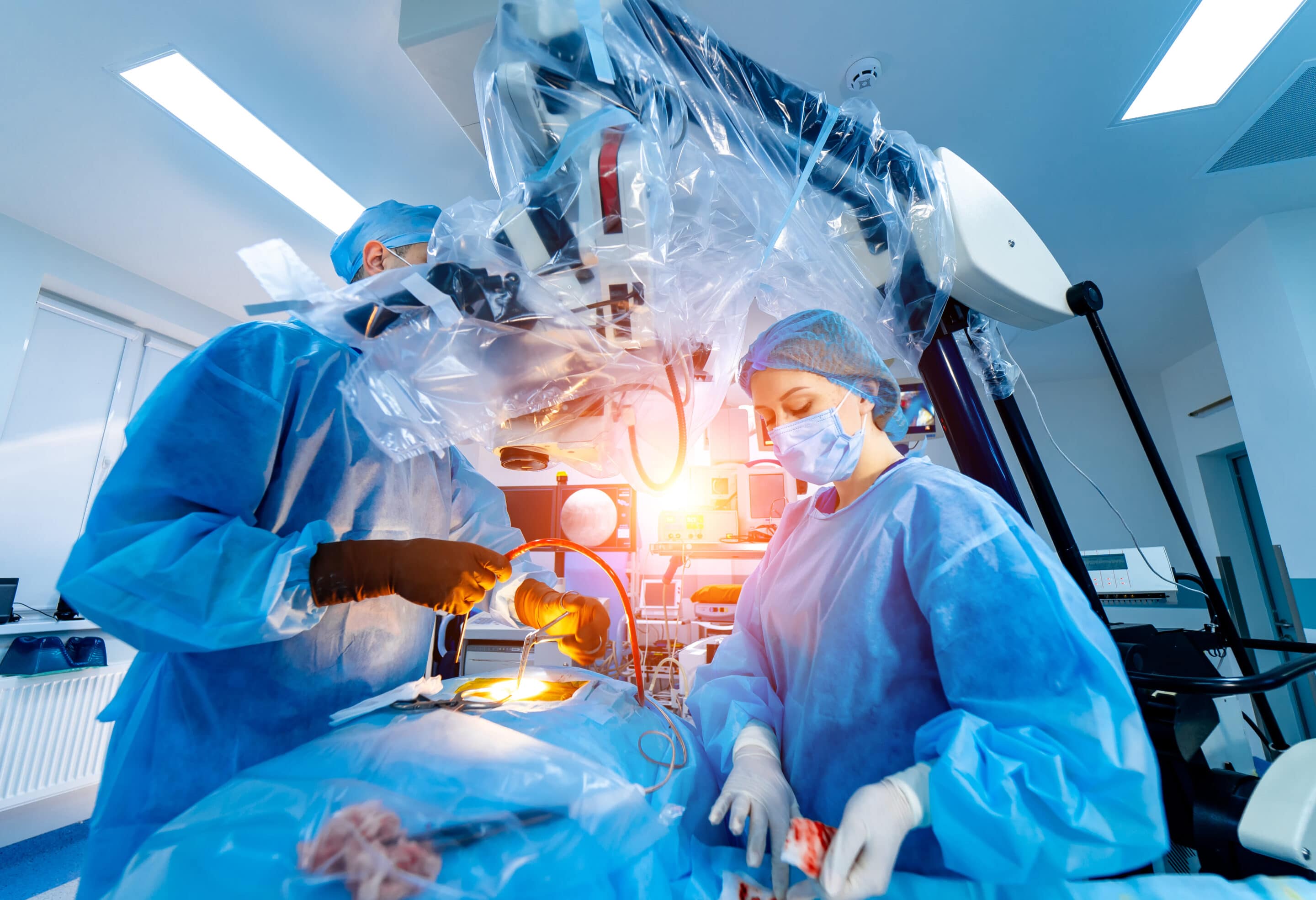Neurosurgery
Treatment of injuries and diseases of the brain, spinal cord, spinal column, and peripheral nerves within all parts of the body.

Neurosurgery or Neurological Surgery, known commonly as Brain Surgery, is the medical specialty concerned with the prevention, diagnosis, surgical treatment, and rehabilitation of disorders which affect any portion of the nervous system including the brain, spinal cord, central and peripheral nervous system, and cerebrovascular system.
Craniotomy for Tumor
This procedure, performed under general anesthesia, creates an opening through the skull for brain tumor removal. The surgery usually requires between two to five hours to complete. The length of surgery depends on the type and size of the tumor.
Gamma Knife Radiosurgery for Tumor
This nonsurgical procedure uses beams of radiation to treat tumors or lesions deep inside the brain. The treatment may take several hours. Children may be given general anesthesia to keep them from moving during the procedure, but adults are usually kept awake.
Johns Hopkins University Trained Neurosurgeon
Dr. Baird earned a medical degree from Saint Louis University, where he also completed a bachelor’s degree in biology and chemistry and a graduate study in biology. At Johns Hopkins University he completed his Neurological Surgery residency training.
Frequently Asked Questions About Neurosurgery
What Is Neurosurgery?
Neurosurgery is the surgical care of the brain and spinal cord. This includes many diseases and injuries of the brain, spinal cord, and nerves such as:
- Cerebral hemorrhages
- Cerebrovascular conditions including aneurysms and vascular malformations
- Brain and spinal cord tumors
- Spinal cord injuries
- Spinal cord injuries Traumatic brain injuries
- Spinal surgeries including laminectomies and fusions
Who Sees a Neurosurgeon?
You may need to see a neurosurgeon if you have been examined by a primary care physician and told that your symptoms are neurological in nature and require surgery. Your primary care physician will consult a neurosurgeon and schedule an appointment for an exam and possible tests. Once your exam and tests are completed, the neurosurgeon will work with you to determine the plan of care and schedule surgery if necessary.
What Does Neuroscience Care Involve?
Care for the neuroscience patient requires a multidisciplinary team approach. The neurosurgeon works as the team leader to provide the very latest in neurological care. The neuroscience team also includes:
- Neuroscience registered nurses
- Case management
- Social workers
- Chaplains
- Respiratory therapists
- Physical therapists
- Occupational therapists
- Speech pathologists
- Neuroradiologists
- Neurodiagnostic technicians
- Physiatrist (rehabilitation physician)
- Neuropsychologists
What Is a Neurosurgeon?
A neurosurgeon is a physician who has met rigorous educational requirements including four hears of college, four years of medical school, a one-year general surgical internship, and six to seven years as a neurosurgical resident. The resident spends time in research, basic sciences, neurology, neuroradiology, neuropathology and neurosurgery.
This specialist:
- Diagnoses and treats surgical disorders or injuries of the nervous system
- Performs a detailed examination of the neurological structure of the body
- Performs surgery on the brain, spinal cord, and nerves
- Performs radiosurgery which is a way of treating brain abnormalities, tumors or other functional disorders with a precise delivery of a single high dose of radiation in a one-day session
Where Is the Neuroscience Patient Cared For?
Neuroscience patients are cared for in both the inpatient and outpatient settings.
Inpatient Settings
- Trauma 5 (emergency department)
- Critical care (ICUs and neuro acute/stroke units)
- General neuroscience unit
- Acute rehabilitation
Outpatient Settings
- Outpatient therapies
- Outpatient clinics
- Neuroscience specialty clinics
- Support groups



